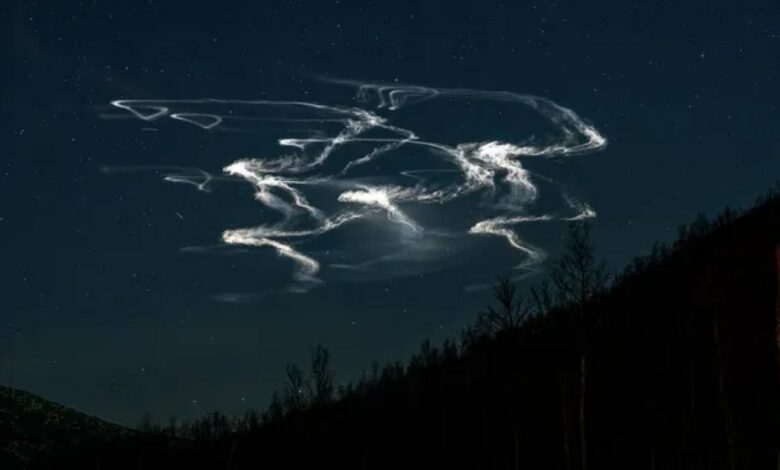NASA rockets create artificial clouds under the Northern Lights in Norway

A rare sight occurred on November 10, when NASA launched rockets that created artificial clouds under auroras during a small geomagnetic storm over northern Norway. The event took place near the Andøya Space Center, a facility located in an ideal location for studying geomagnetic activity due to its proximity to the Arctic Circle. Tour operator Ivar Sandland, who witnessed the spectacle, told Space.com about the unusual visual phenomena during his journey from Bodo to Tromsø.
According to the report According to the publication, Sandland, who runs Nordland Adventures, assumed it was a cloud at first glance. He later discovered through local news that the visible trails in the sky were part of NASA’s ongoing experiments.
VortEx mission studies atmospheric energy flow
The event was part of NASA’s Vorticity Experiment (VortEx), which investigates energy dynamics in the turbopause, where the mesosphere and thermosphere meet about 90 kilometers above Earth. The report further states that the rockets released trimethylaluminum, a compound that reacts in the atmosphere to produce visible streaks. These artificial clouds are used to track gravitational waves, allowing researchers to understand their interactions at this altitude.
Sounding rockets, smaller suborbital vehicles designed for research purposes, were used for the experiment. The visual effects created by the chemical release provided scientists with crucial data on energy transfer processes, while also captivating spectators with an unusual display under the Northern Lights.
Ideal location for space research
Andøya Space Center serves as a hub for launching rockets intended for atmospheric and geomagnetic research. Charged particles from the Sun, guided by Earth’s magnetic field toward the poles, produce auroras by interacting with gases in the upper atmosphere. This makes Northern Norway an optimal location for observing these interactions.
Such experiments provide insights into atmospheric science while fostering the curiosity of locals and visitors, highlighting the intersection of research and natural wonders.




